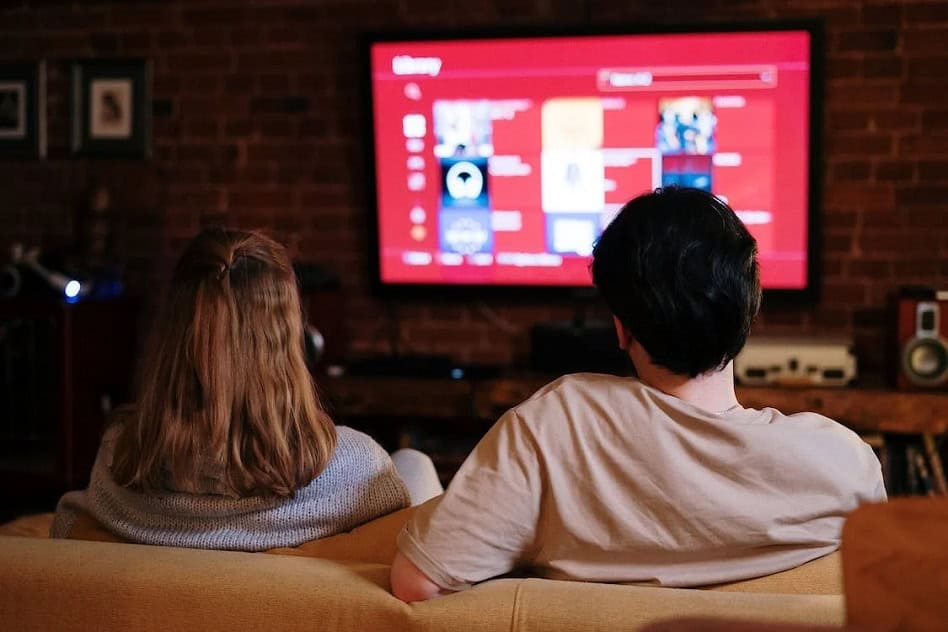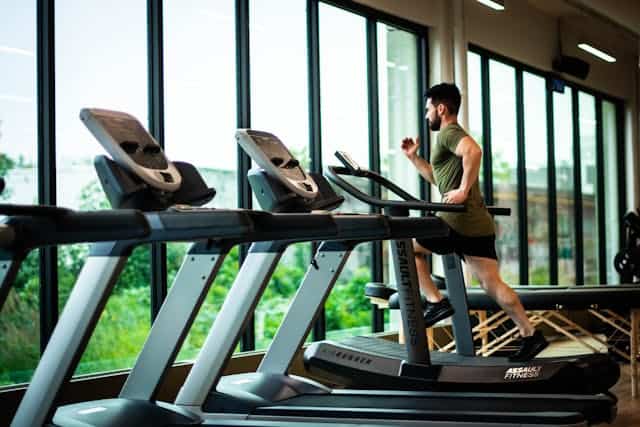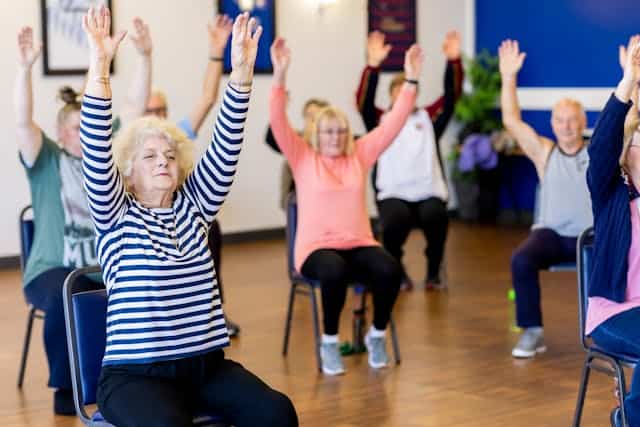
CHAP-child: an open source method for estimating sit-to-stand transitions and sedentary bout patterns from hip accelerometers among children
February 22, 2023
The Socioeconomic Paradox of Physical Activity and Sedentary Behavior in Europe
March 8, 2023A paper titled “Validity of the Modified SIT-Q 7d for Estimating Sedentary Break Frequency and Duration in Home-Based Office Workers During the COVID-19 Global Pandemic: A Secondary Analysis” was recently published in the Journal for the Measurement of Physical Behaviour. The summary of the paper and citation details are re-posted below. The full publication can be found here.
ABSTRACT
Office workers who transitioned to working from home are spending an even higher percentage of their workday sitting compared with being “in-office” and this is an emerging health concern. With many office workers continuing to work from home since the onset of the COVID-19 pandemic, it is imperative to have a validated self-report questionnaire to assess sedentary behavior, break frequency, and duration, to reduce the cost and burden of using device-based assessments. This secondary analysis study aimed to validate the modified Last 7-Day Sedentary Behavior Questionnaire (SIT-Q 7d) against an activPAL4™ device in full-time home-based “office” workers (n = 148; mean age = 44.90). Participants completed the modified SIT-Q 7d and wore an activPAL4 for a full work week. The findings showed that the modified SIT-Q 7d had low (ρ = .35–.37) and weak (ρ = .27–.28) criterion validity for accurate estimates of break frequency and break duration, respectively. The 95% limits of agreement were large for break frequency (26.85–29.01) and medium for break duration (5.81–8.47), indicating that the modified SIT-Q 7d may not be appropriate for measuring occupational sedentary behavior patterns at the individual level. Further validation is still required before confidently recommending this self-report questionnaire to be used among this population to assess breaks in sedentary time.
CITATION




